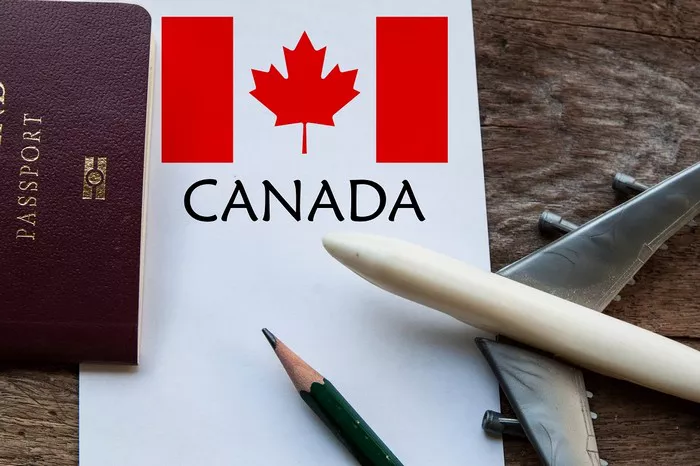In recent years, Canada has emerged as one of the most desirable destinations for immigrants seeking better opportunities and quality of life. Its welcoming immigration policies, robust economy, high standard of living, and cultural diversity make it an attractive choice for individuals and families worldwide, including those from the United States. If you’re considering making the move northward, this comprehensive guide will walk you through the steps of immigrating to Canada from the USA.
Understanding the Canadian Immigration System
Before delving into the specifics of immigrating to Canada, it’s crucial to understand the country’s immigration system. Canada operates several immigration programs designed to accommodate various needs and circumstances, including skilled workers, entrepreneurs, students, and family reunification.
Determining Your Eligibility
The first step in the immigration process is determining your eligibility. Canada employs a points-based system for its Federal Skilled Worker Program, which assesses candidates based on factors such as age, education, work experience, language proficiency, and adaptability. Additionally, other immigration streams, such as the Provincial Nominee Program (PNP) and the Canadian Experience Class (CEC), have their own eligibility criteria.
Choosing the Right Immigration Program
Once you’ve assessed your eligibility, the next step is to choose the most suitable immigration program. For skilled workers, the Express Entry system is often the preferred route, as it manages applications for three federal economic immigration programs: the Federal Skilled Worker Program, the Federal Skilled Trades Program, and the Canadian Experience Class. Alternatively, if you have a job offer from a Canadian employer, you may qualify for the Employer-Specific Work Permit or the LMIA (Labour Market Impact Assessment) Exempt Work Permit.
Entrepreneurs and investors may explore options such as the Start-up Visa Program or various provincial entrepreneur streams, which require applicants to demonstrate business experience, a viable business plan, and a certain level of investment.
Gathering Required Documents
Regardless of the immigration program you choose, you’ll need to gather essential documents to support your application. These may include:
1. Passport
2. Educational credentials
3. Language proficiency test results (e.g., IELTS or CELPIP for English, TEF for French)
4. Proof of funds to support yourself and your family
5. Police clearance certificate
6. Medical examination results
It’s crucial to ensure that all documents are accurate, up-to-date, and translated into English or French if necessary.
Submitting Your Application
Once you have all the required documents in order, you can submit your application through the appropriate channels. For Express Entry candidates, this involves creating an online profile and entering the Express Entry pool, where you’ll be assigned a Comprehensive Ranking System (CRS) score based on the information provided in your profile. Regular draws are conducted, inviting candidates with the highest CRS scores to apply for permanent residence.
For other immigration streams, such as the Provincial Nominee Program, the application process varies depending on the province or territory. Some may require you to apply directly to the province for nomination before submitting your application to the federal government, while others may allow you to apply simultaneously.
Waiting for a Decision
After submitting your application, the waiting game begins. Processing times vary depending on the immigration program, the volume of applications, and other factors such as whether additional documents or information are requested. You can check the status of your application online through the Immigration, Refugees, and Citizenship Canada (IRCC) website using your unique application number.
Preparing for Arrival
Once your application is approved, it’s time to prepare for your move to Canada. This may involve:
1. Obtaining a permanent resident visa (if applicable)
2. Securing housing arrangements
3. Researching healthcare options
4. Transferring funds to a Canadian bank account
5. Familiarizing yourself with Canadian culture and customs
Additionally, it’s essential to consider any legal or tax implications of immigrating to Canada, such as renouncing US citizenship or filing taxes in both countries.
Conclusion
Immigrating to Canada from the USA can be a complex process, but with careful planning, thorough research, and attention to detail, it’s entirely achievable. By understanding the Canadian immigration system, assessing your eligibility, choosing the right immigration program, gathering required documents, submitting your application, and preparing for your arrival, you can navigate the process with confidence and embark on a new chapter in the Great White North.


